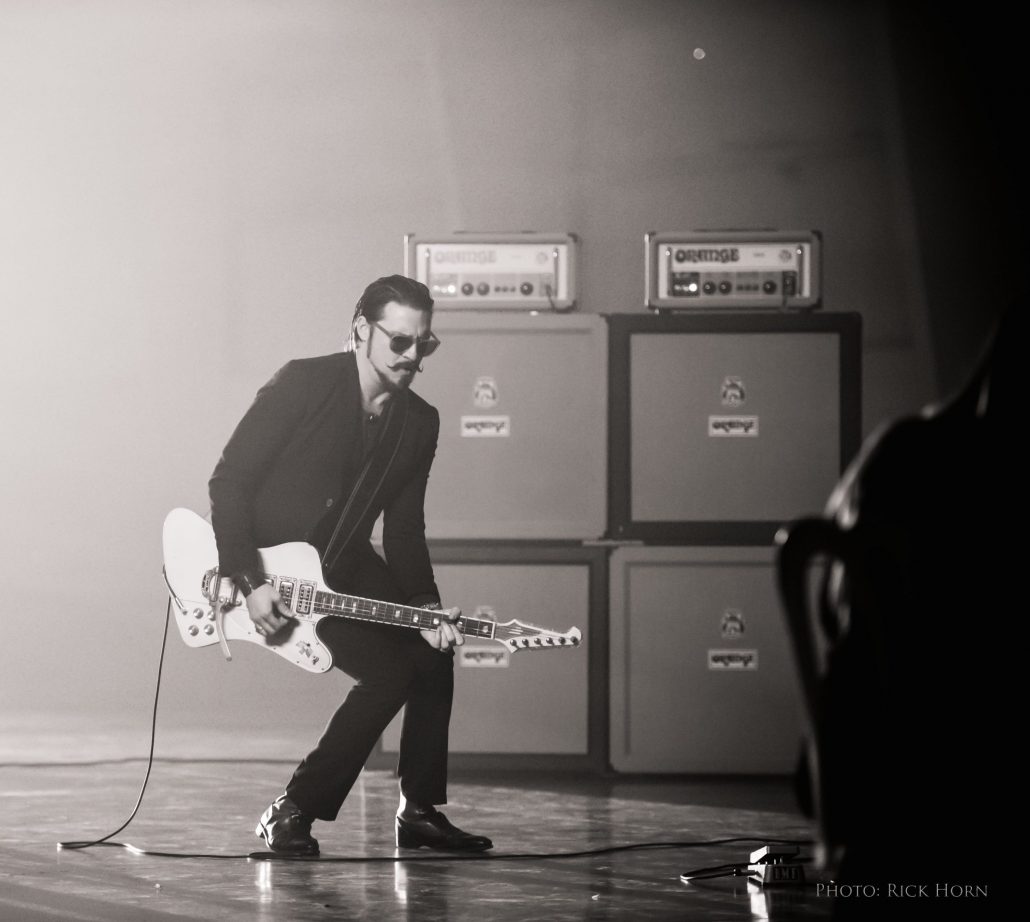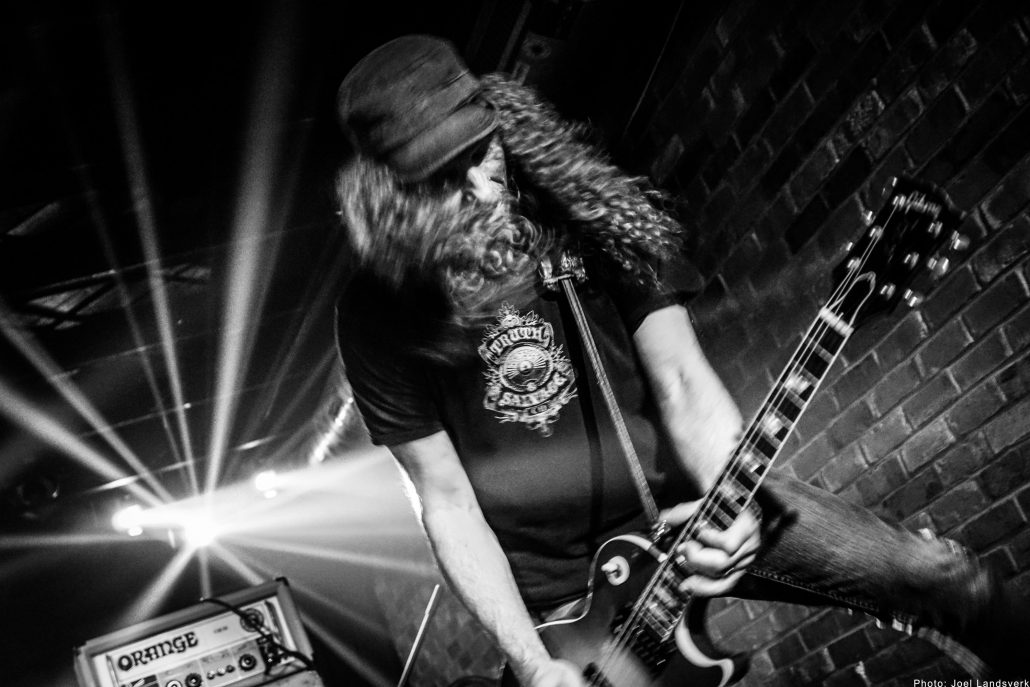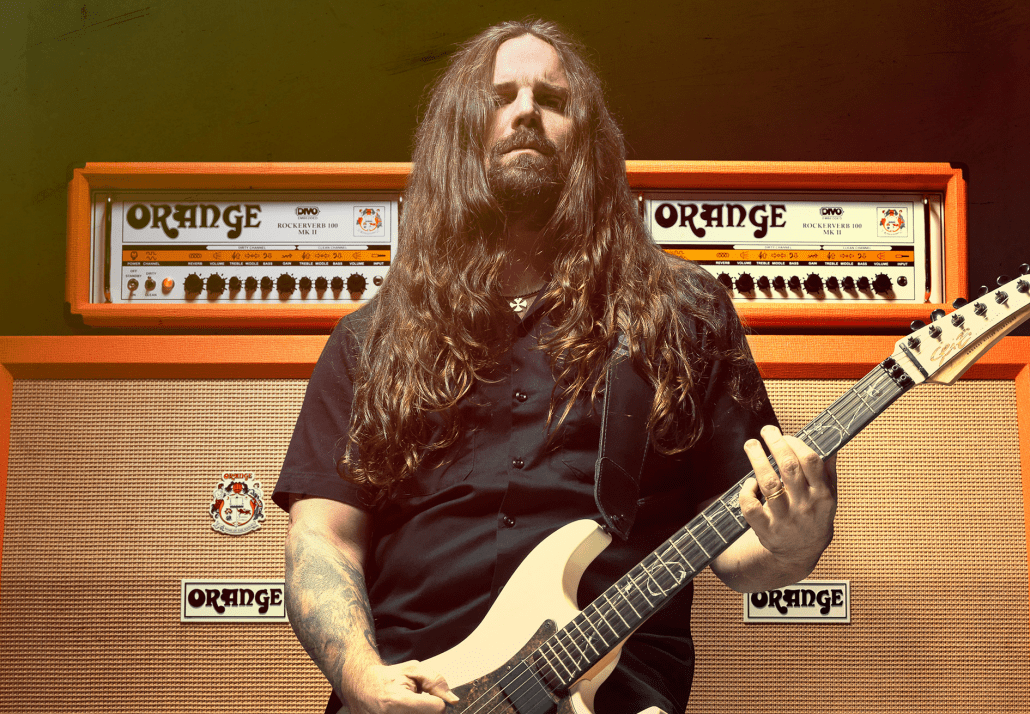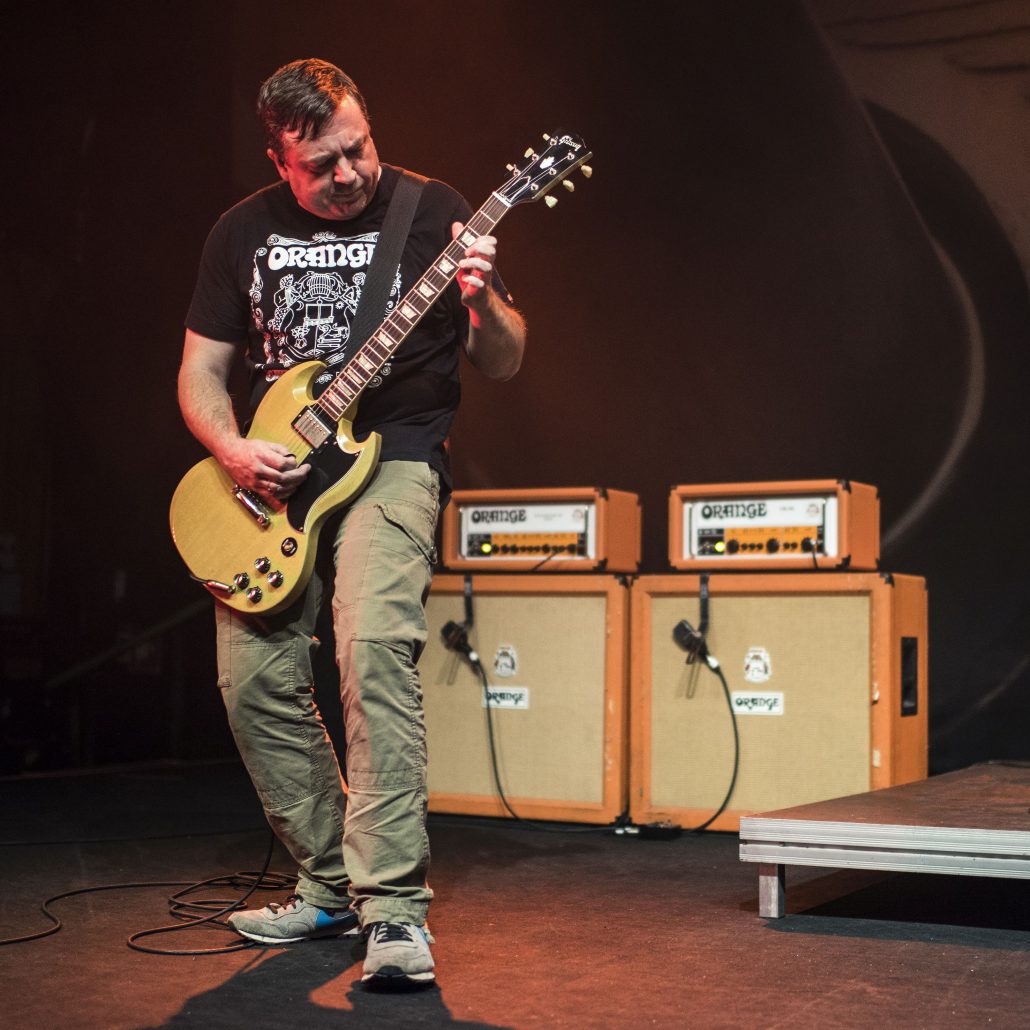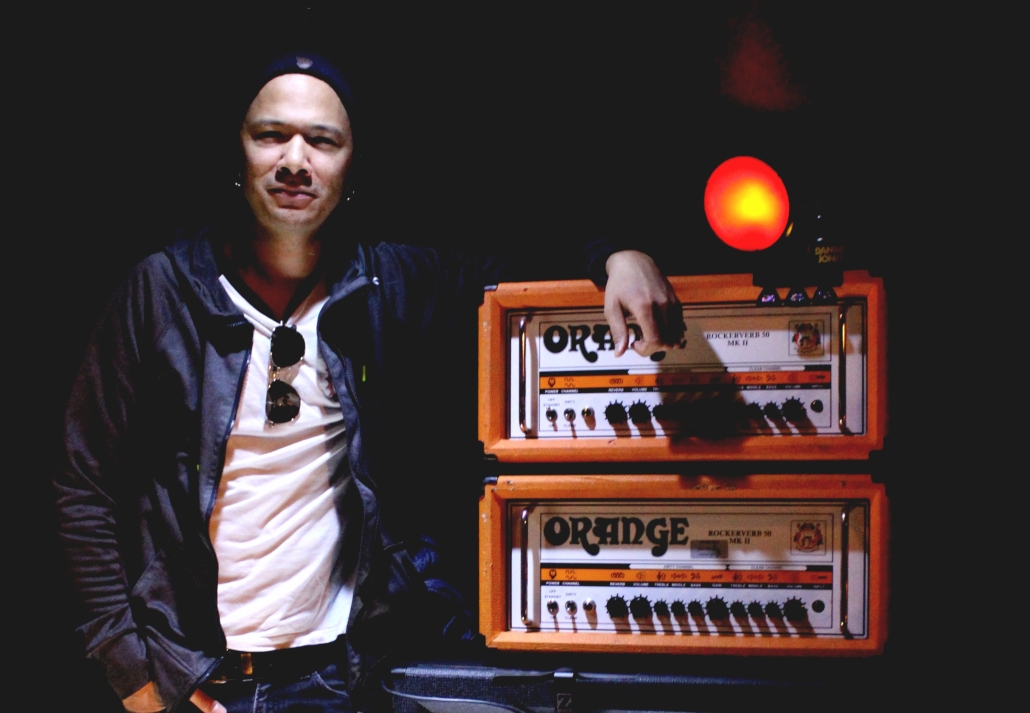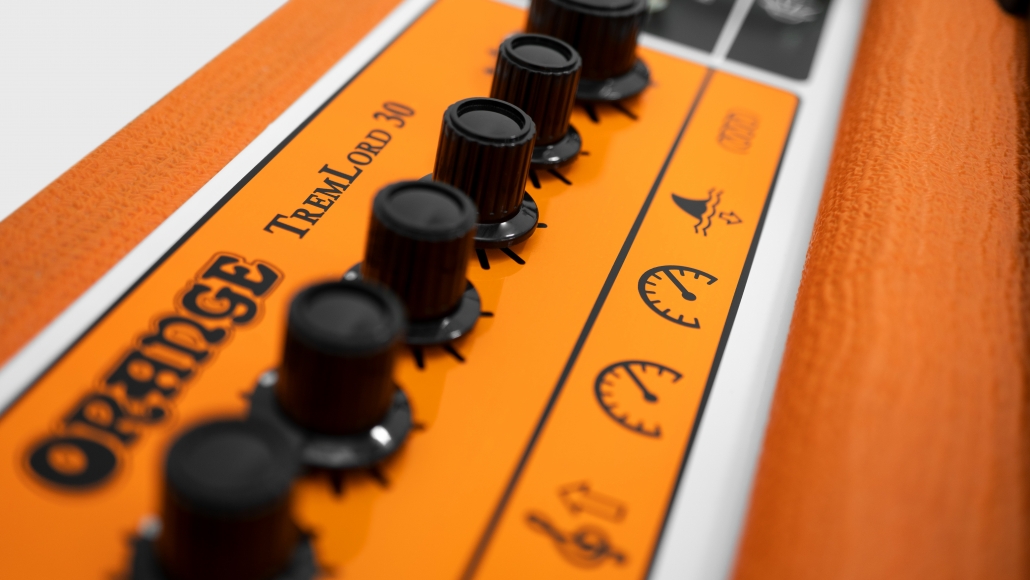When our marketing director asked me to write a blog post comparing analogue vs digital amps, I have to admit that the first thing I did was to turn around to see if he was talking to somebody behind me. Here at Orange there are a number of very skilled musicians, many of whom are seriously into their rigs and can not only play but also understand the technical side of said rigs.
I do not fall into this category.
Don’t get me wrong – I love playing but the thing is, I’m one of those people who have to work really hard to be mediocre and I’m really not interested in all the bells and whistles, I just want to plug in and play.
First thing I needed to do was find out what the difference is, so I had a chat with our techs. After they realised a primary (elementary) school level explanation was required, we began to make progress and I can summarise thusly:
Analogue guitar amps have a solid state, (transistors, resistors, capacitors etc.) or valve pre-amp that produces the tone and a solid state or valve power amp, which amplifies the signal and drives the speaker.
Digital guitar amps, use digital algorithms (complicated mathematics) to produce the tone and a solid state power amp to amplify the signal and drive the speaker. Digital amps therefore can theoretically reproduce any sound you want. It’s just a case of rearranging the order of the 1s and 0s in the signal. Brilliant!
So why would anyone want an analogue amp? Surely, digital is better. My digital TV is miles better than the old analogue signal I used to get from my RF antenna. (If you don’t remember those, ask your parents.) Before anyone starts, I realise reception and broadcast quality are different things, I’m just making an analogy. No pun intended.
Well, it would appear in this case digital isn’t necessarily better.
If you think about it, the signal going into your amp from your guitar is analogue – it has to be, it’s the sound of a string vibrating. The sound coming OUT of the speaker is analogue, again it has to be. We don’t have digital processors in our ear’oles so we need a soundwave in the air to vibrate our ear drum. So what’s the point of converting an analogue signal to digital and back again? Surely that means that analogue gives you what a digital amp is trying to emulate?
These thought experiments are all well and good but there’s no substitute for giving them a try, so I did. I’m not going to name the amps I tried, that’s not the point of this post – as I said at the beginning, I don’t have any strong feelings either way but I did have fun with both amps.
The digital amp was a bit daunting at first. Lots of knobs and lots of settings but once I sussed out what I was doing, I was able to dial in a load of different sounds and had a jolly old time making some wonderful noises much to the chagrin of the neighbours. The convenience of the digital amp cannot be overstated. I could see how something like that would appeal to gigging musicians hugely. There’s your tone, (or any other you may happen to need) right there in a box. Beats having to cart a load of heavy gear around. Awesome! How can analogue compete?
Pretty well as it turns out. As much as I enjoyed the digital amp listening to the analogue amp made me realise that the digital amp was quite sterile – on reflection, it was almost as if the amp was dictating things.
I was wracking my brains try to think of a way to explain what I meant by that and the only thing I could come up with was to imagine a beautiful room full of expensive furniture but everything is white. The analogue amp coloured some of the bits in.
I’m no amp reviewer, so I can’t use a load of flowery words but it seemed to me that the analogue amp was as idiosyncratic as my playing. There was a relationship between what I was trying to do and what came out of the amp, that didn’t seem to be the case with digital. Also, I was able to just plug my guitar in and play. No messing around, no working anything out just instant fun.
I’m really not any wiser as to what’s better, all I know is what I prefer and I preferred the analogue amp although I can totally see why people would want to go for digital. The convenience and the ability to have everything right there in one place is very desirable, it just isn’t for me.
As mediocre a player as I am, music is more about how it makes you feel than it is about the technical side of things and for me the analogue amp had feeling. But hey, I’m not trying to convince anyone. What do you think?

